Class E Airspace Explained
Pilot Institute
OCTOBER 2, 2024
No ATC clearance is required for VFR flights below 10,000 feet. Introduction to Class E Airspace Class E airspace is the most common type of controlled airspace. This airspace provides ATC services to all IFR aircraft and VFR traffic upon request. Let’s look at some of the functions of Class E.

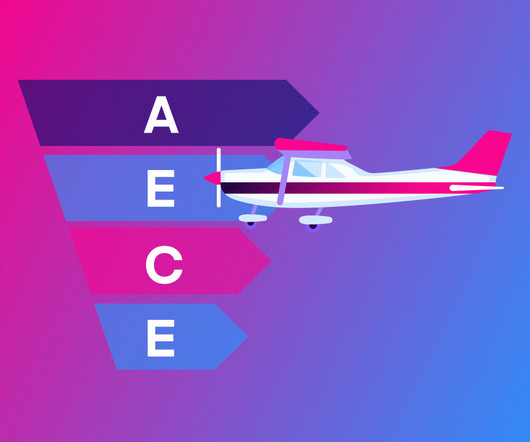
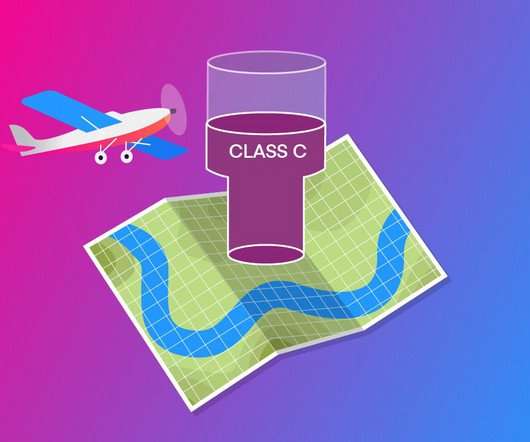

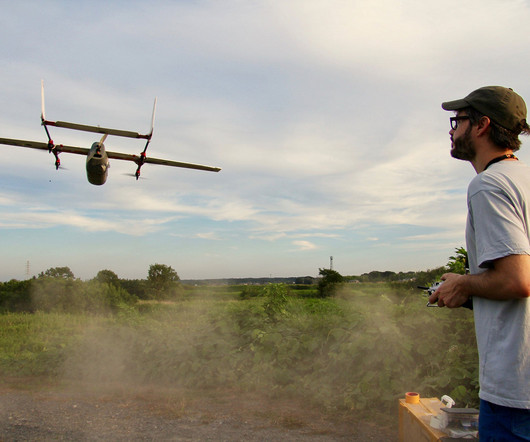

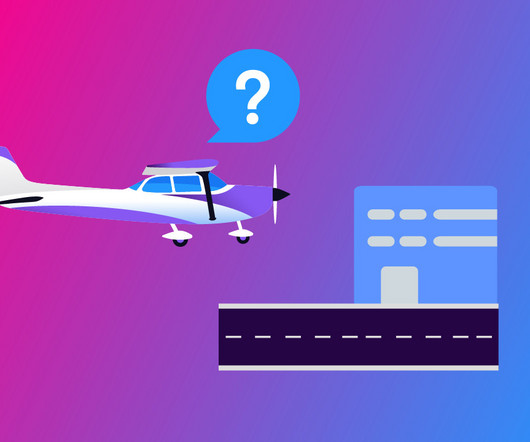
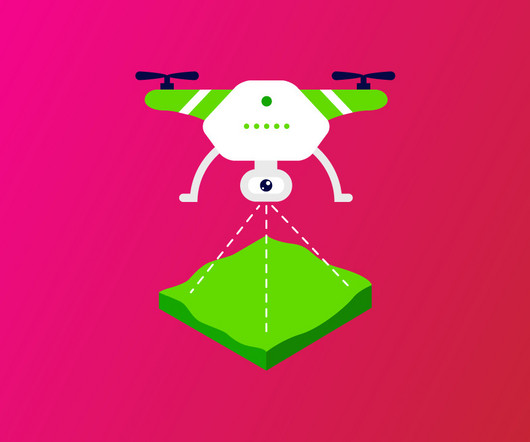






Let's personalize your content